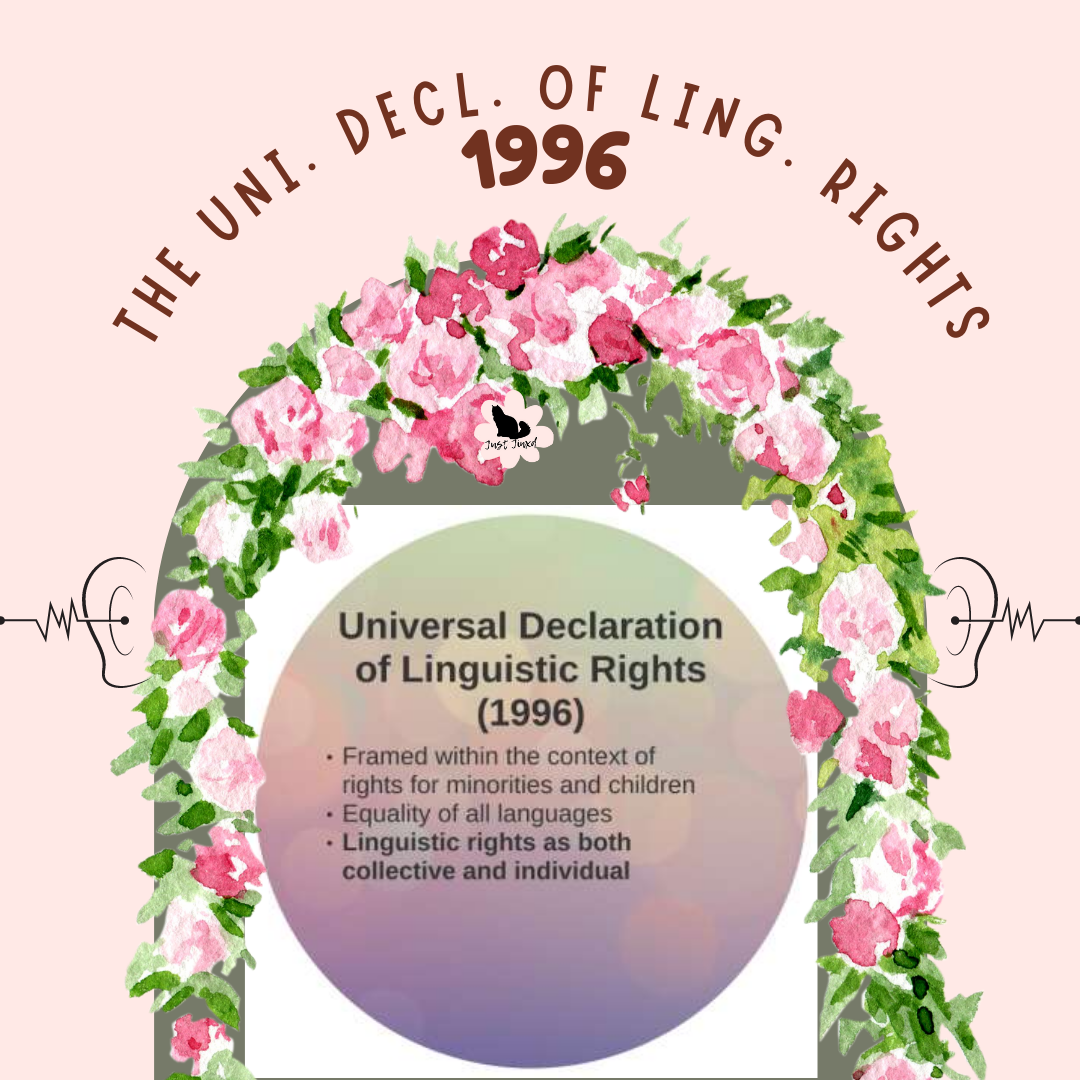
The Adoption of the Universal Declaration of Linguistic Rights: A Milestone for Sign Language
Share
In 1996, a significant milestone was achieved for sign language and the deaf community: the adoption of the Universal Declaration of Linguistic Rights. This declaration recognized sign languages as natural languages and affirmed their equal status to spoken languages. The adoption of this declaration was a major achievement, considering the history of sign language and the deaf community.
For centuries, sign language was prohibited and suppressed. In the 19th century, the Milan Conference passed resolutions that banned sign language in schools in favor of oralism. This ban remained in effect for much of the 20th century, depriving countless deaf individuals of a natural means of communication.
However, the deaf community fought tirelessly to reclaim their language and culture. They demanded recognition of sign language as a valid language and the right to use it in education, employment, and other areas of life. The adoption of the Universal Declaration of Linguistic Rights was a culmination of this struggle and a recognition of the inherent value of sign language.
The declaration called for the recognition and promotion of sign languages, as well as access to education, employment, and public services in sign language. It also acknowledged the right of deaf individuals to use sign language as their primary language and to access interpreters and other forms of communication support.
The adoption of the Universal Declaration of Linguistic Rights was a significant step forward for the deaf community and a testament to their resilience and advocacy. It has paved the way for greater recognition of sign language and the rights of deaf individuals worldwide.
Wow! It was created near my birth year. The adoption of the Universal Declaration of Linguistic Rights in 1996 was a landmark moment for the deaf community. It recognized sign languages as natural languages and affirmed their equal status to spoken languages. This was a major achievement considering the long history of suppression of sign language. The deaf community fought tirelessly to reclaim their language and culture, and this declaration was a culmination of that struggle. It called for the recognition and promotion of sign languages, as well as access to education, employment, and public services in sign language. It has paved the way for greater recognition of sign language and the rights of deaf individuals worldwide.



